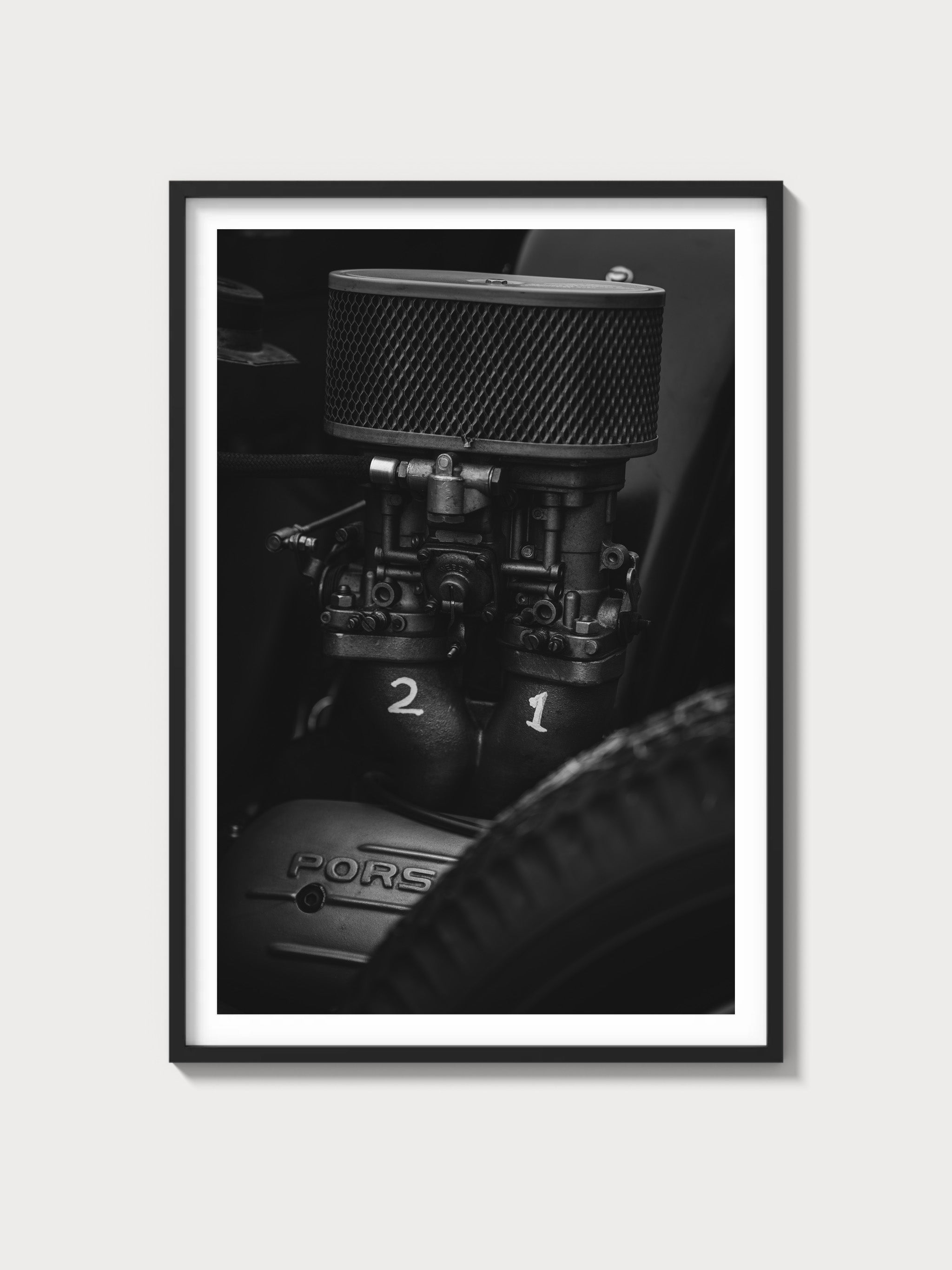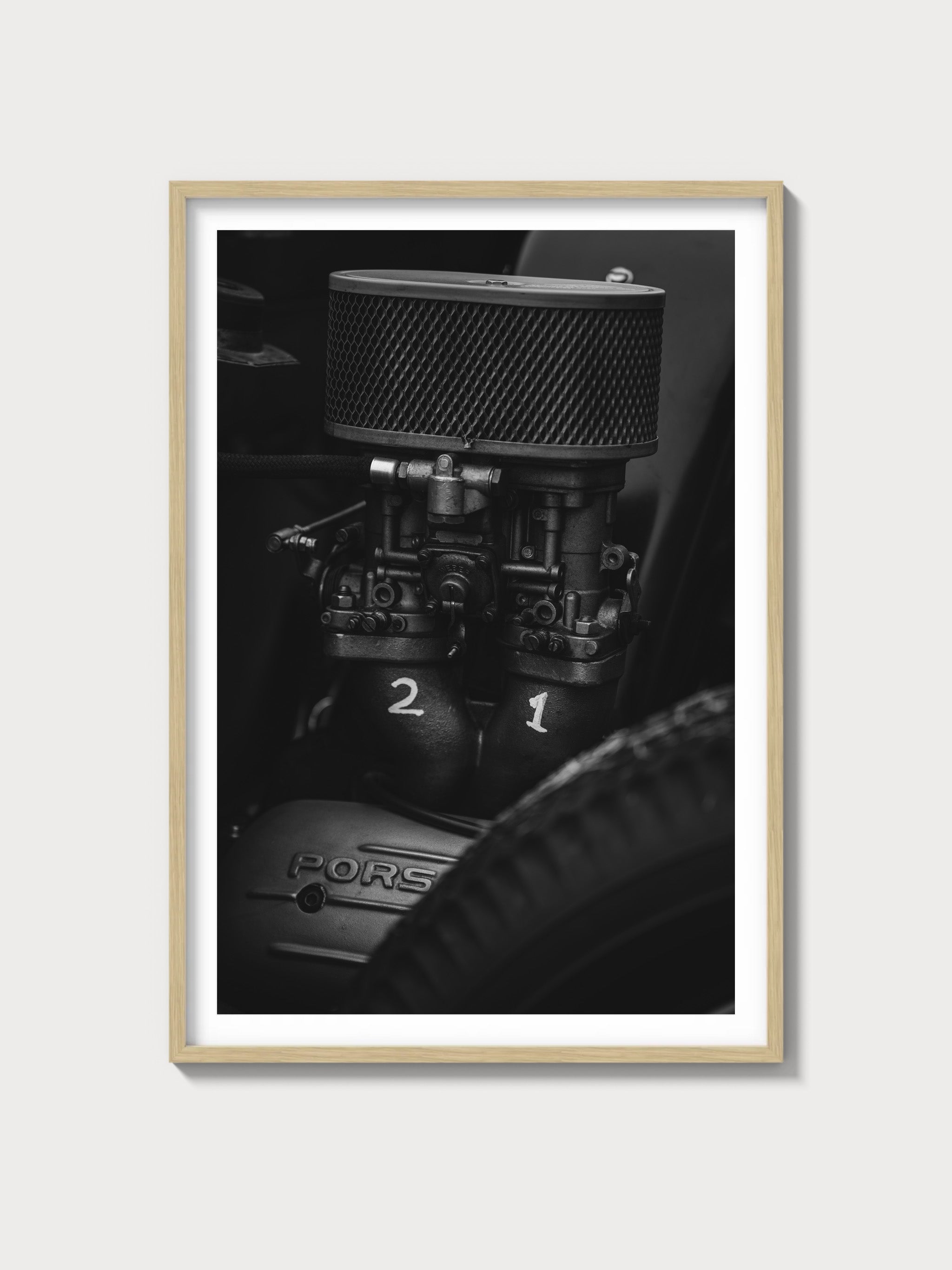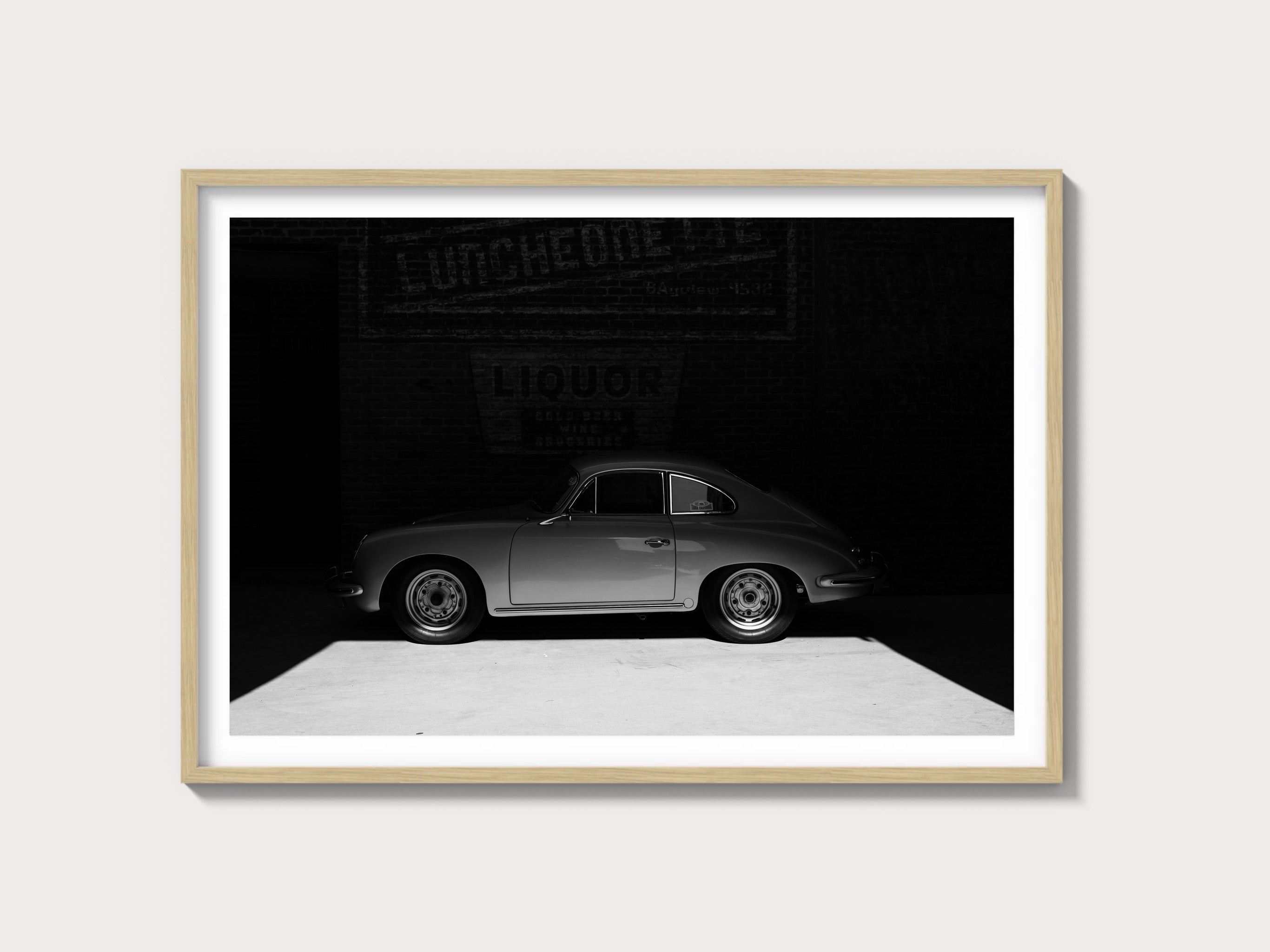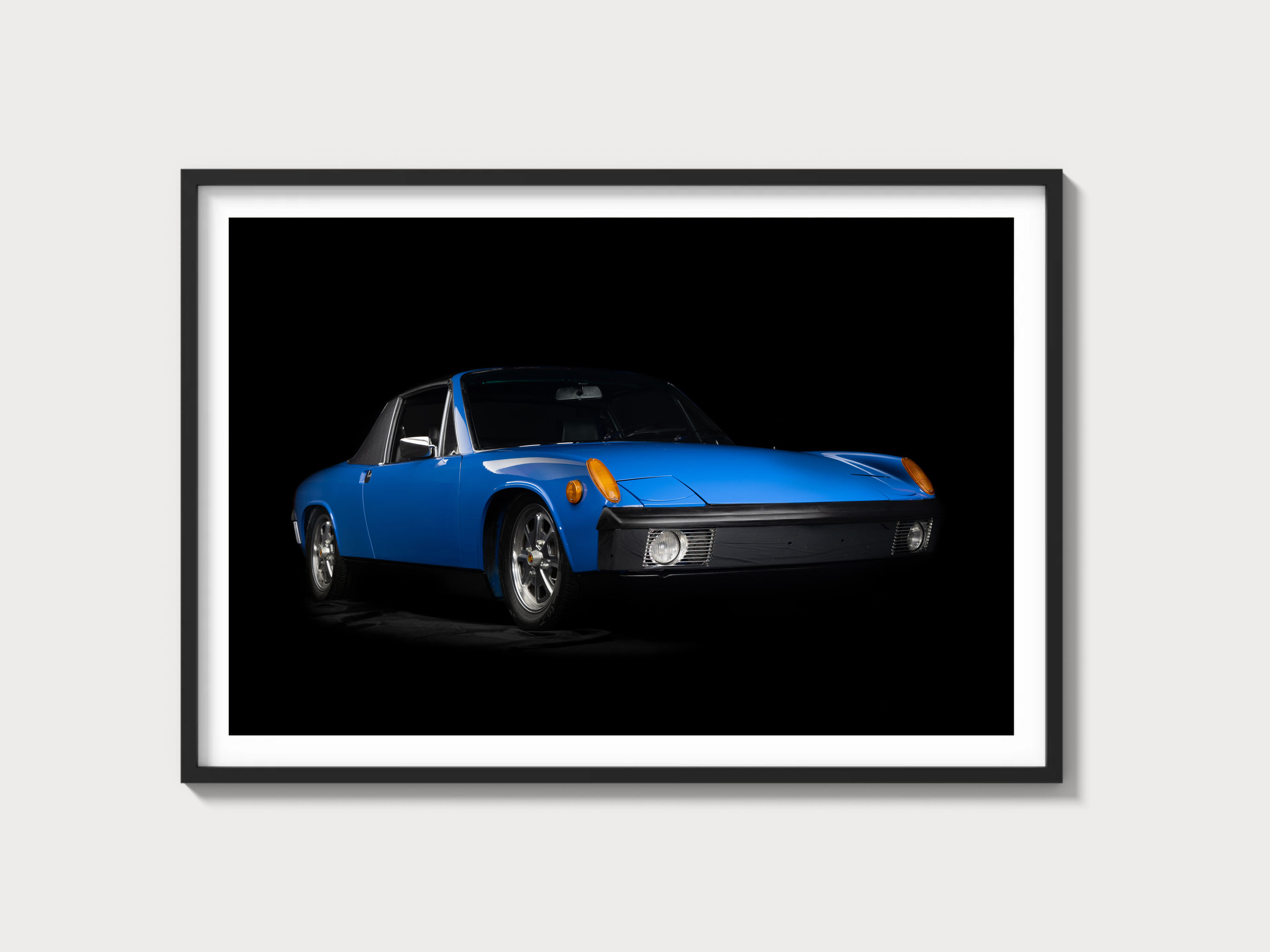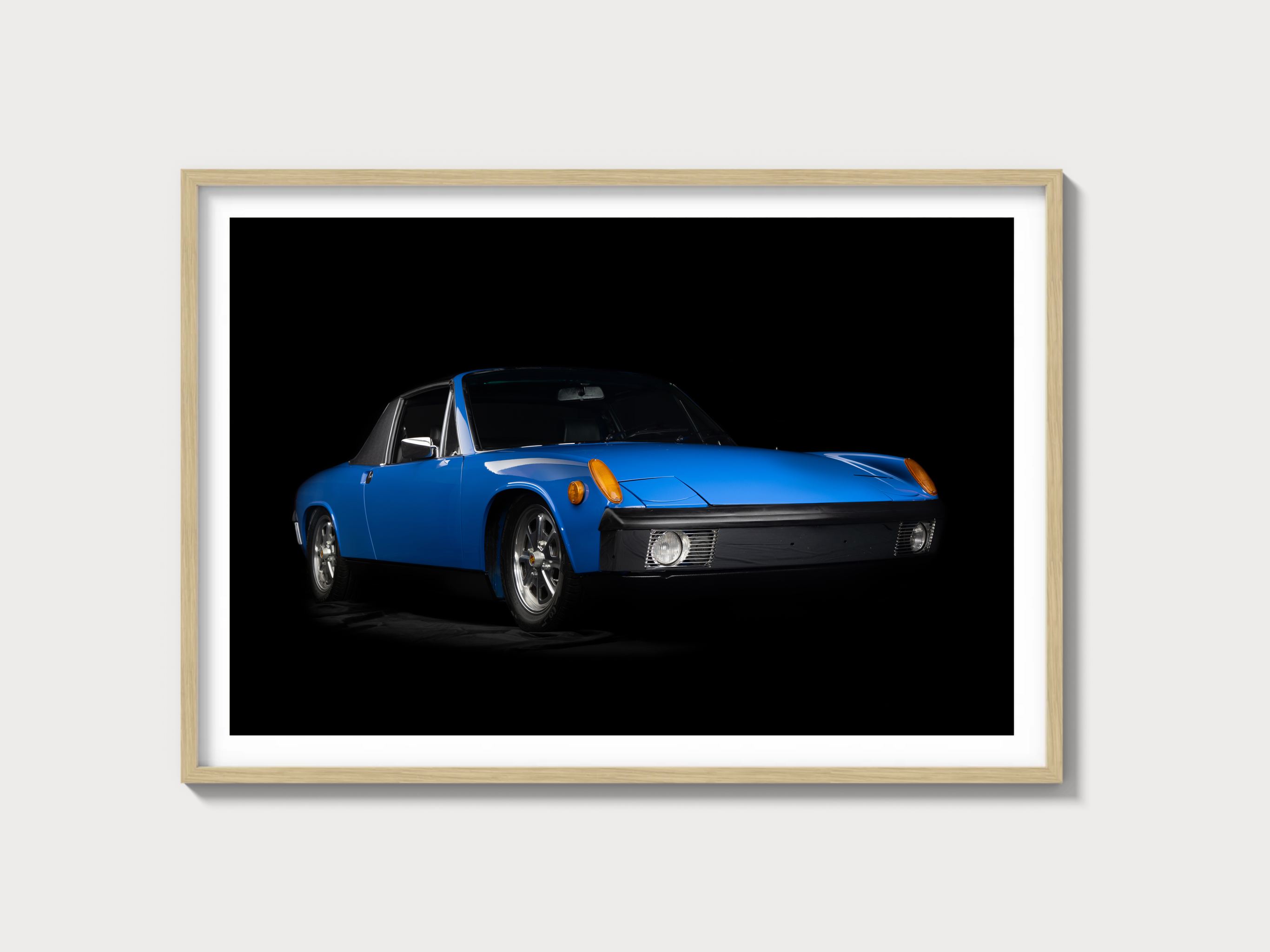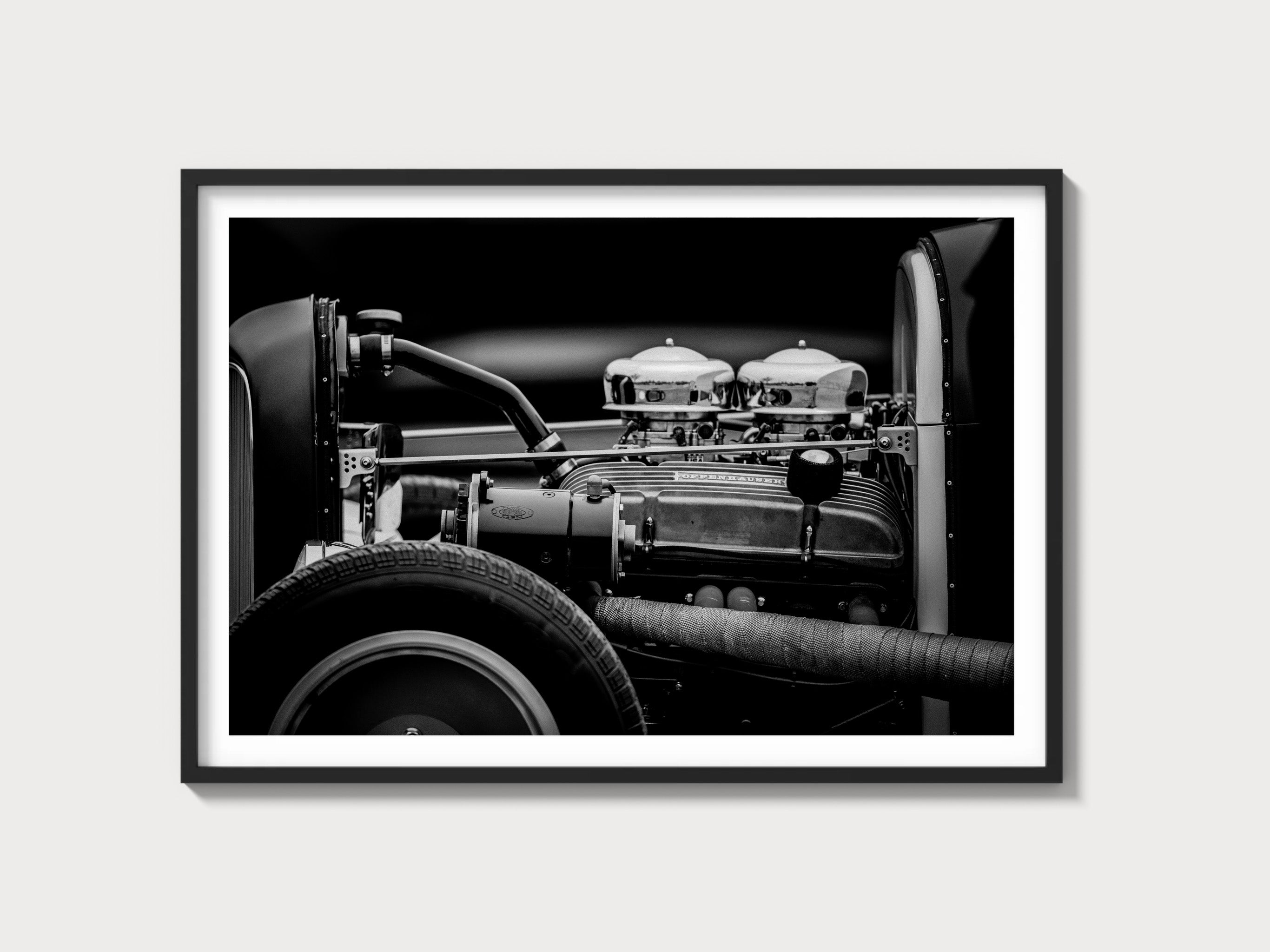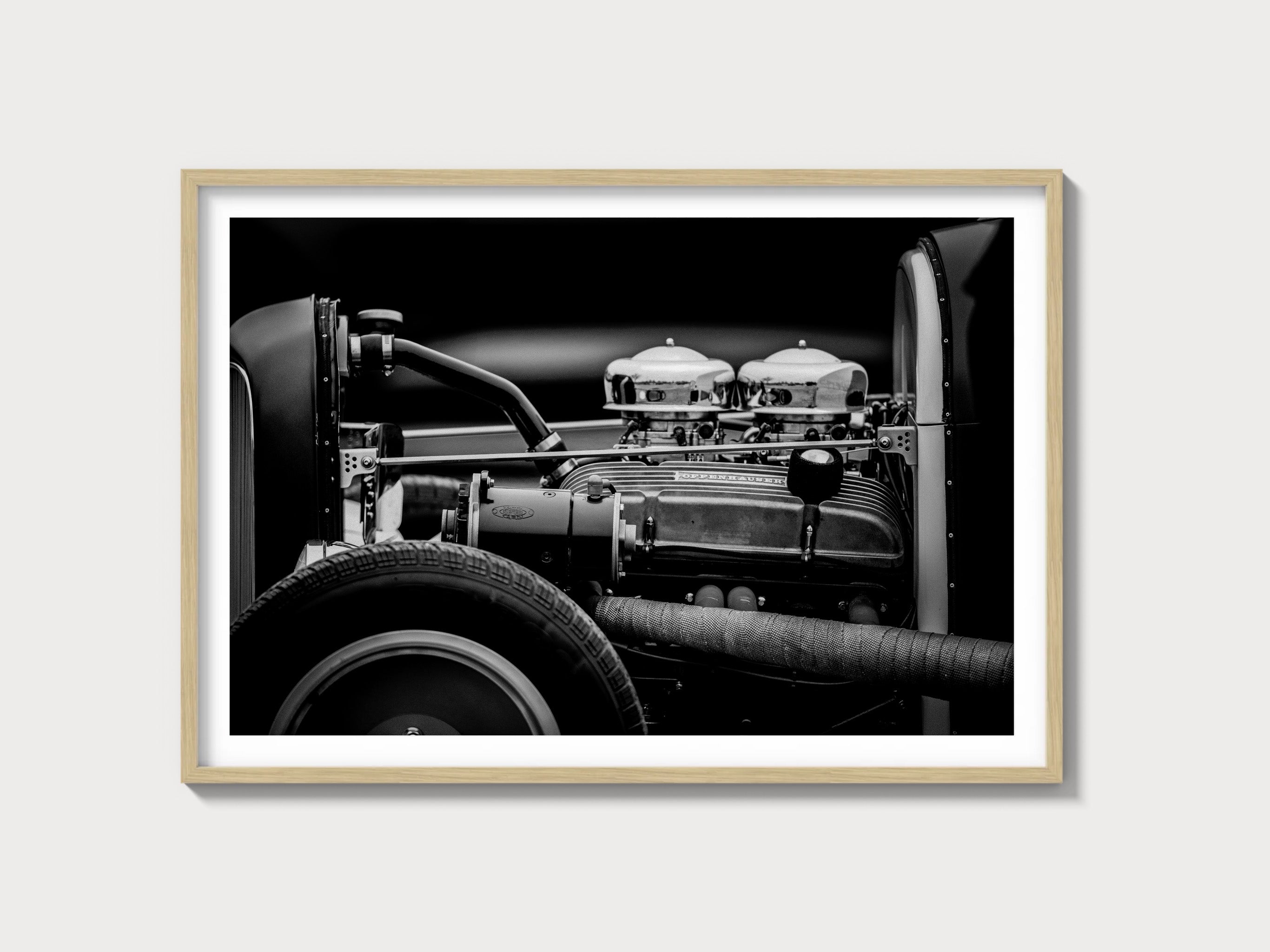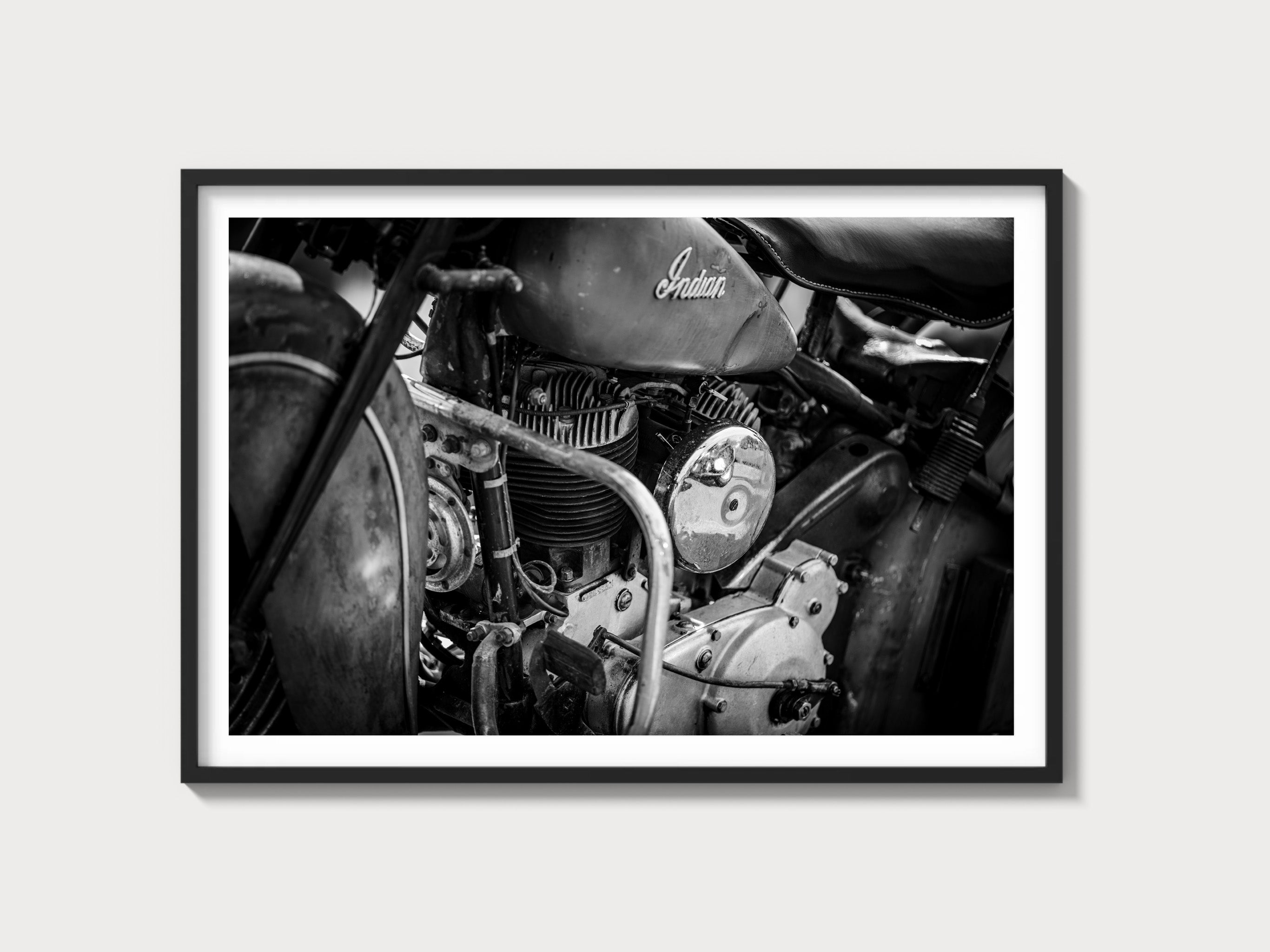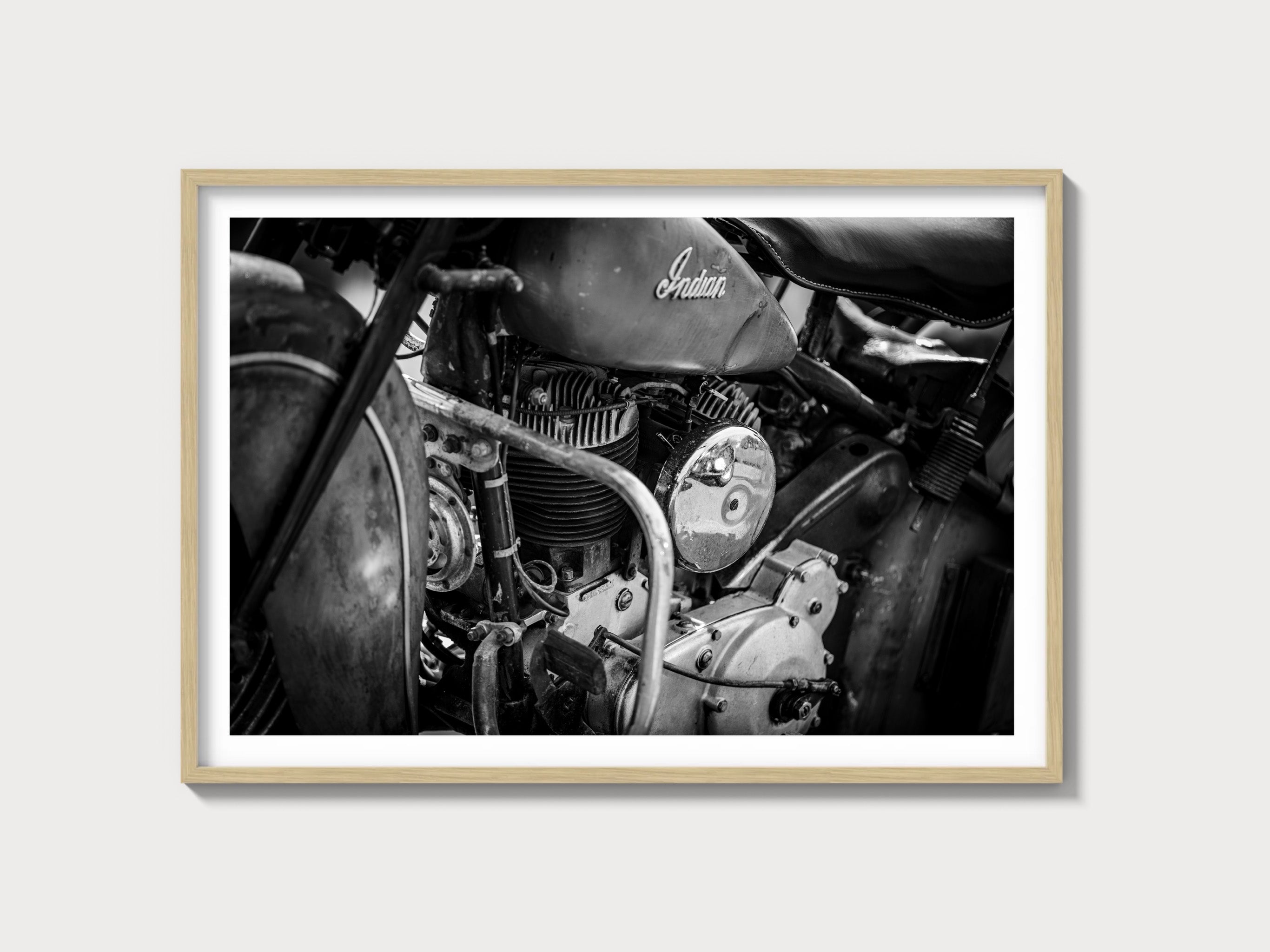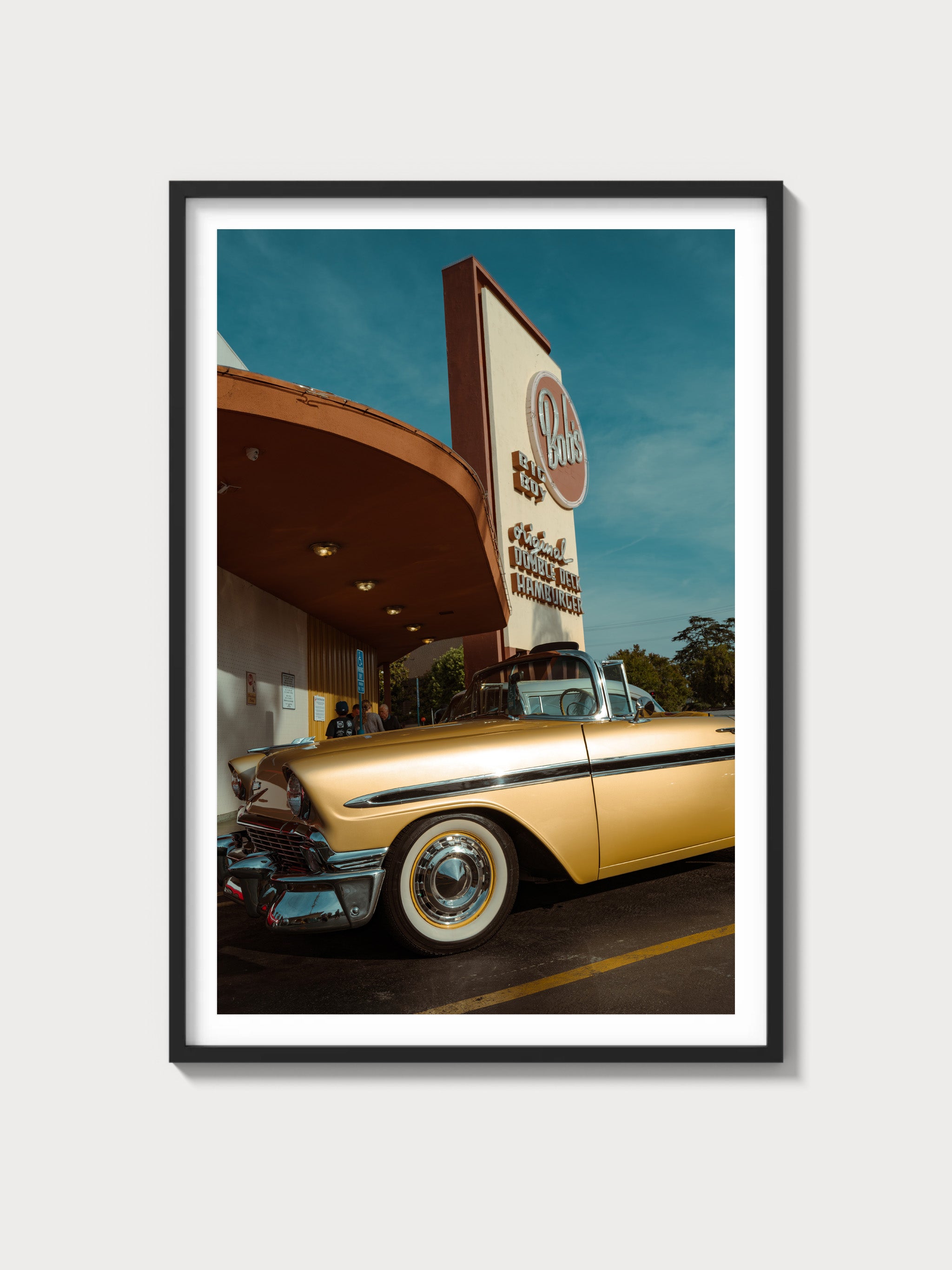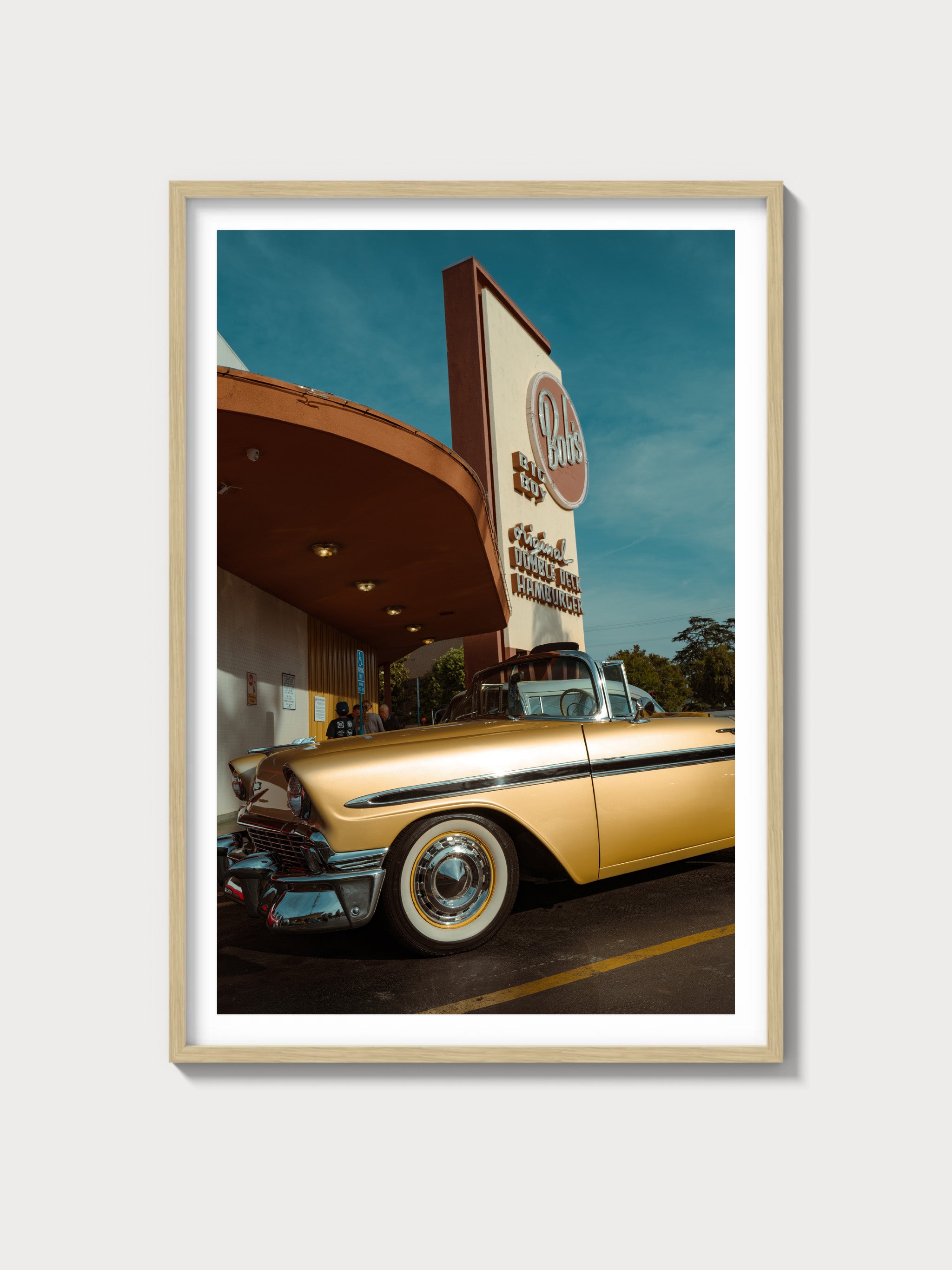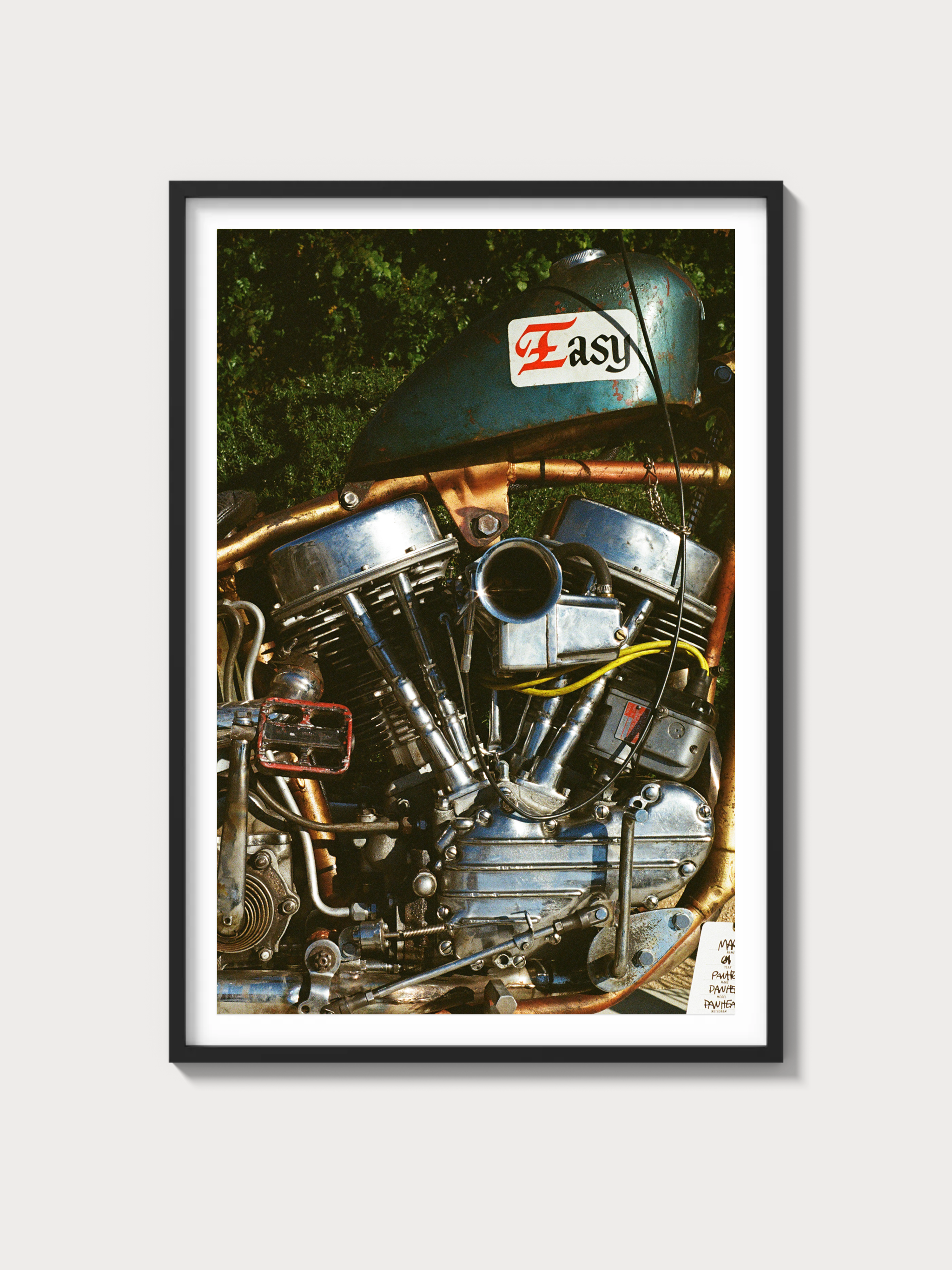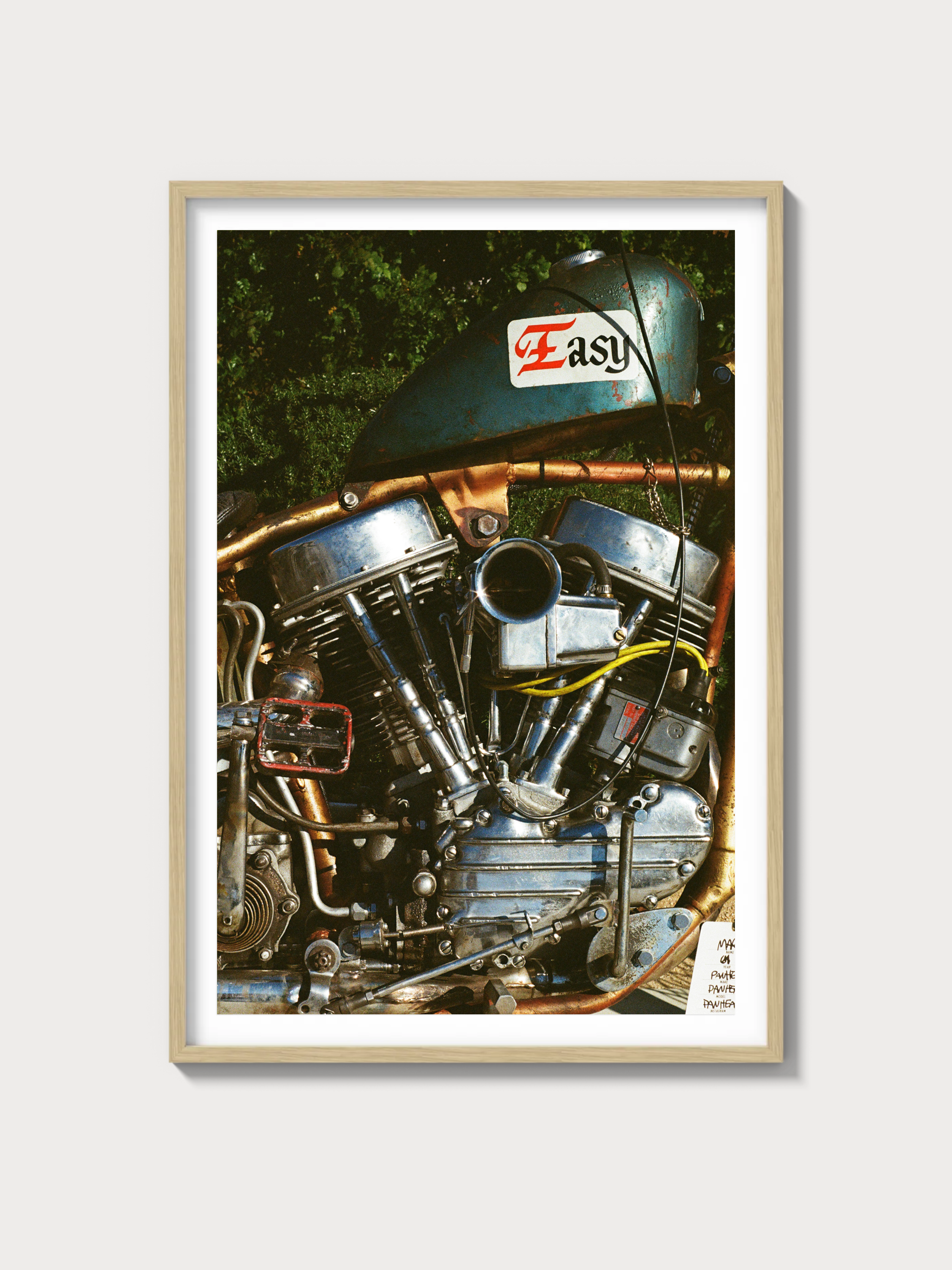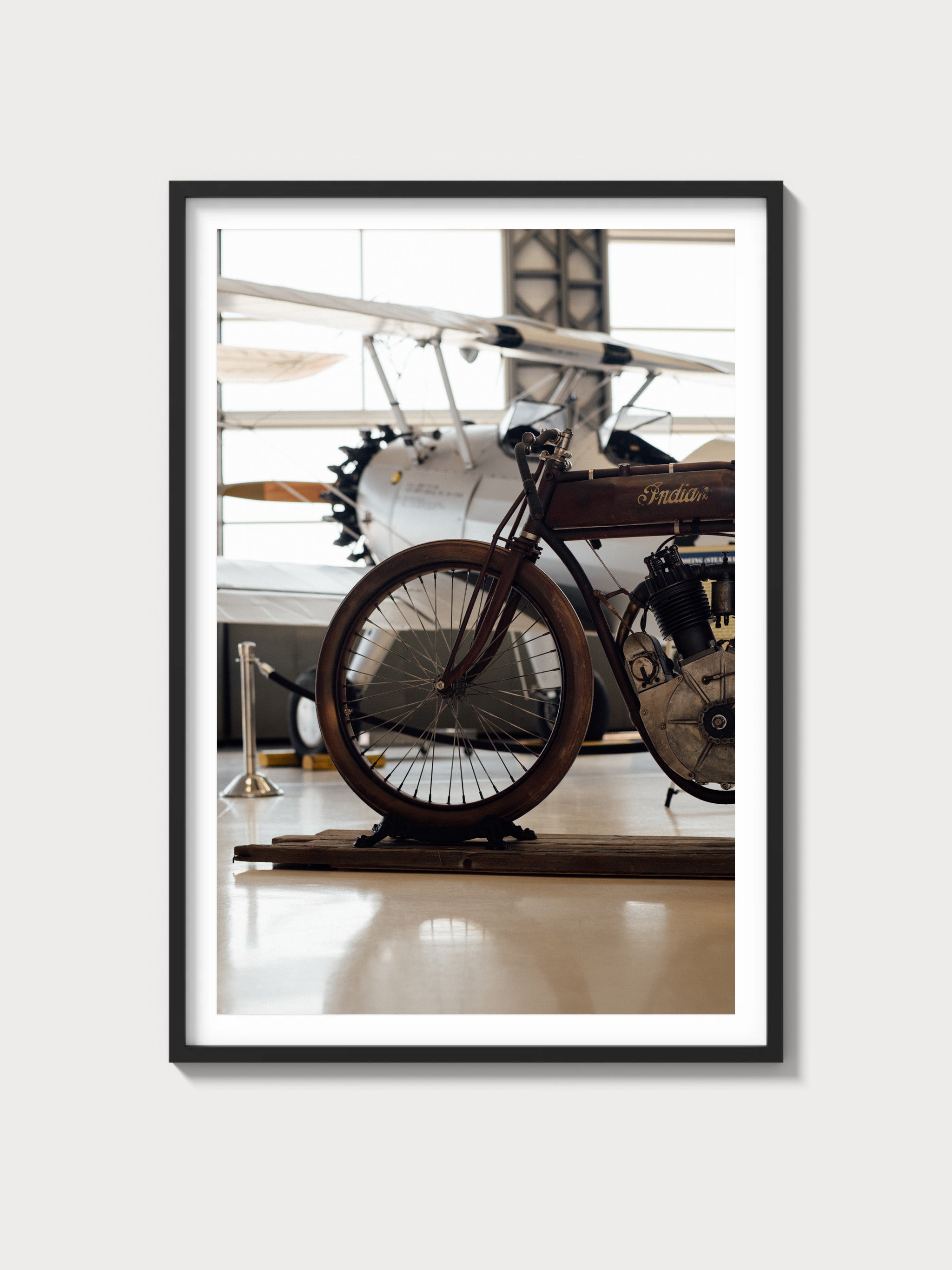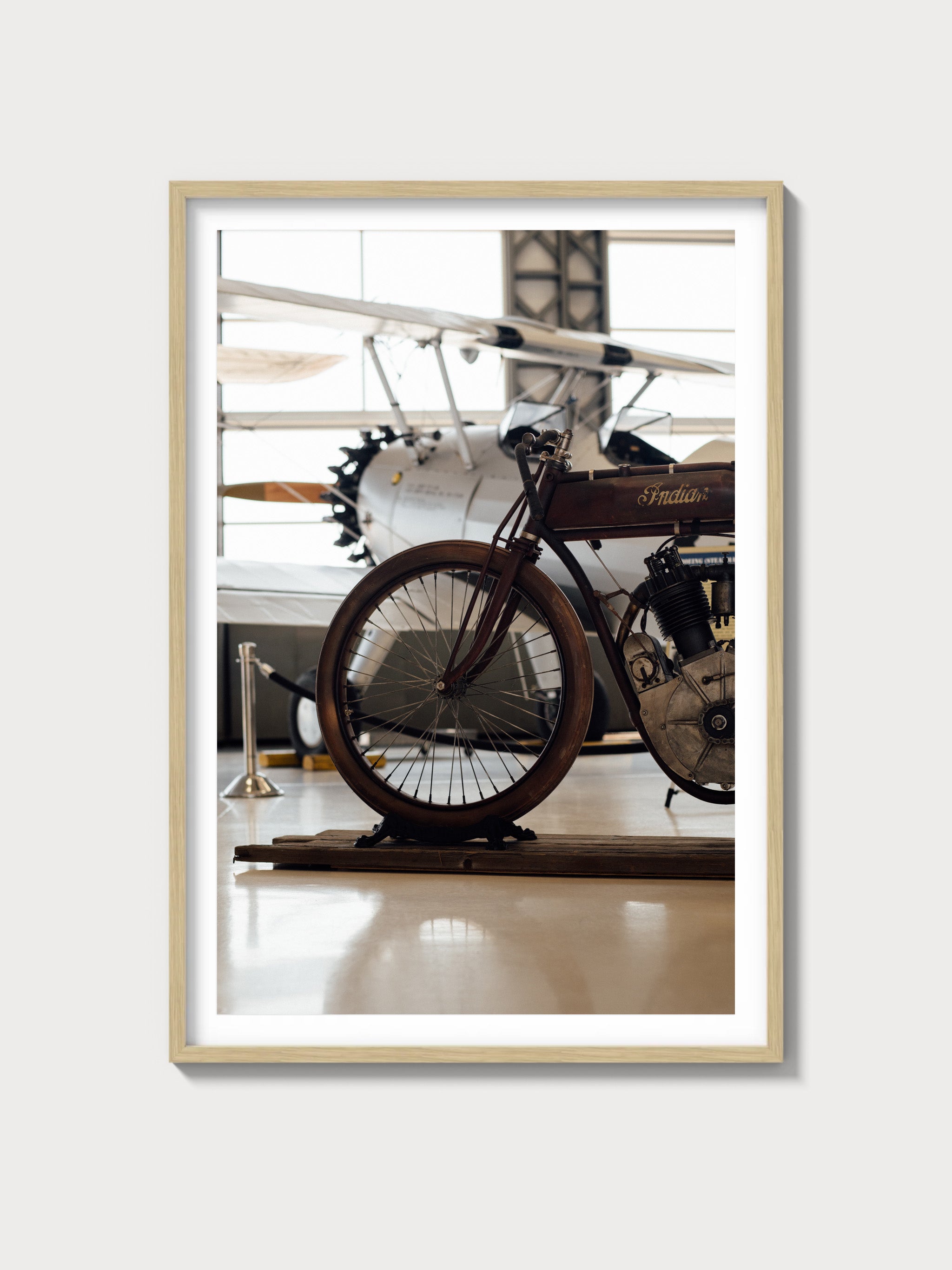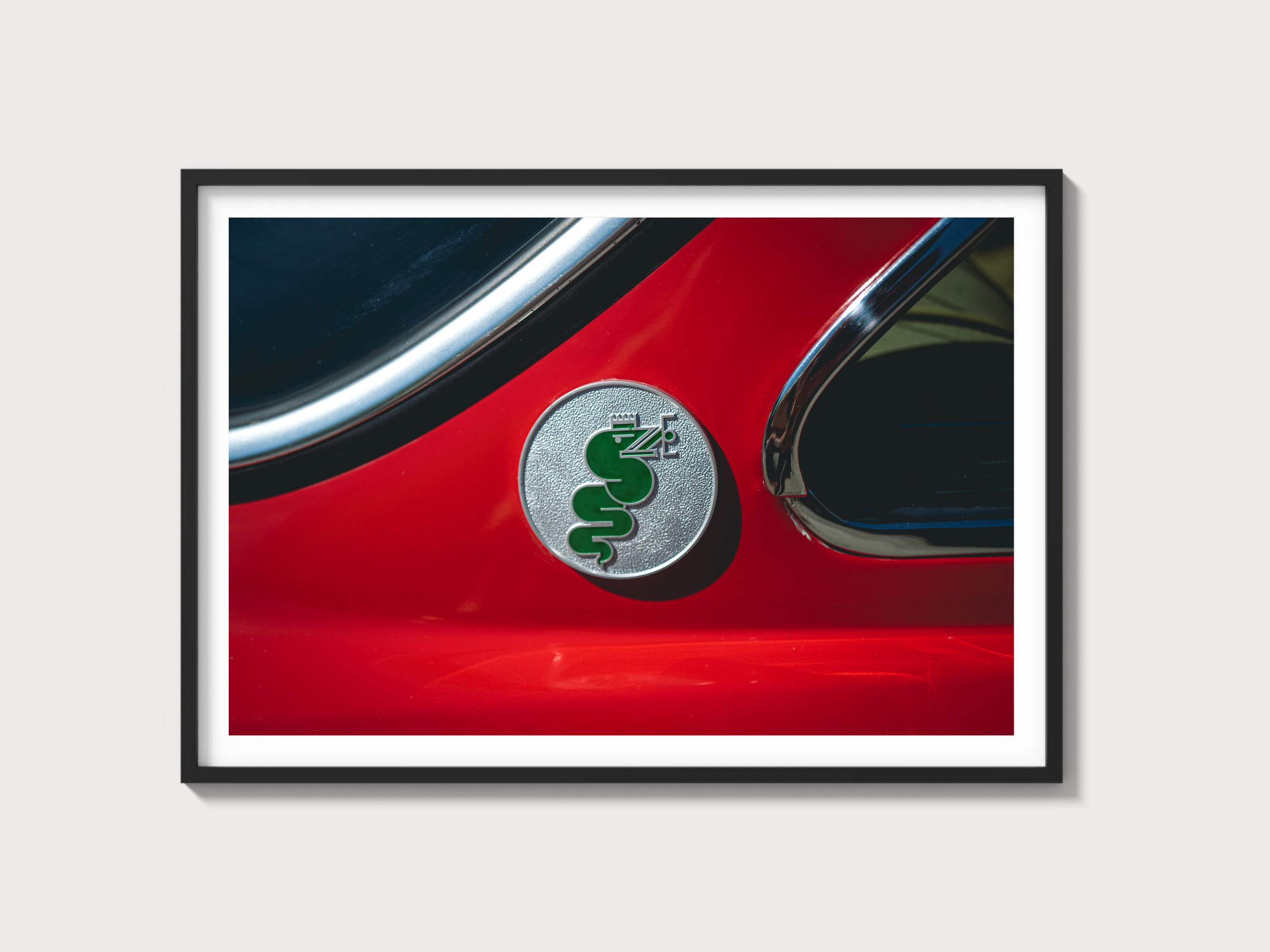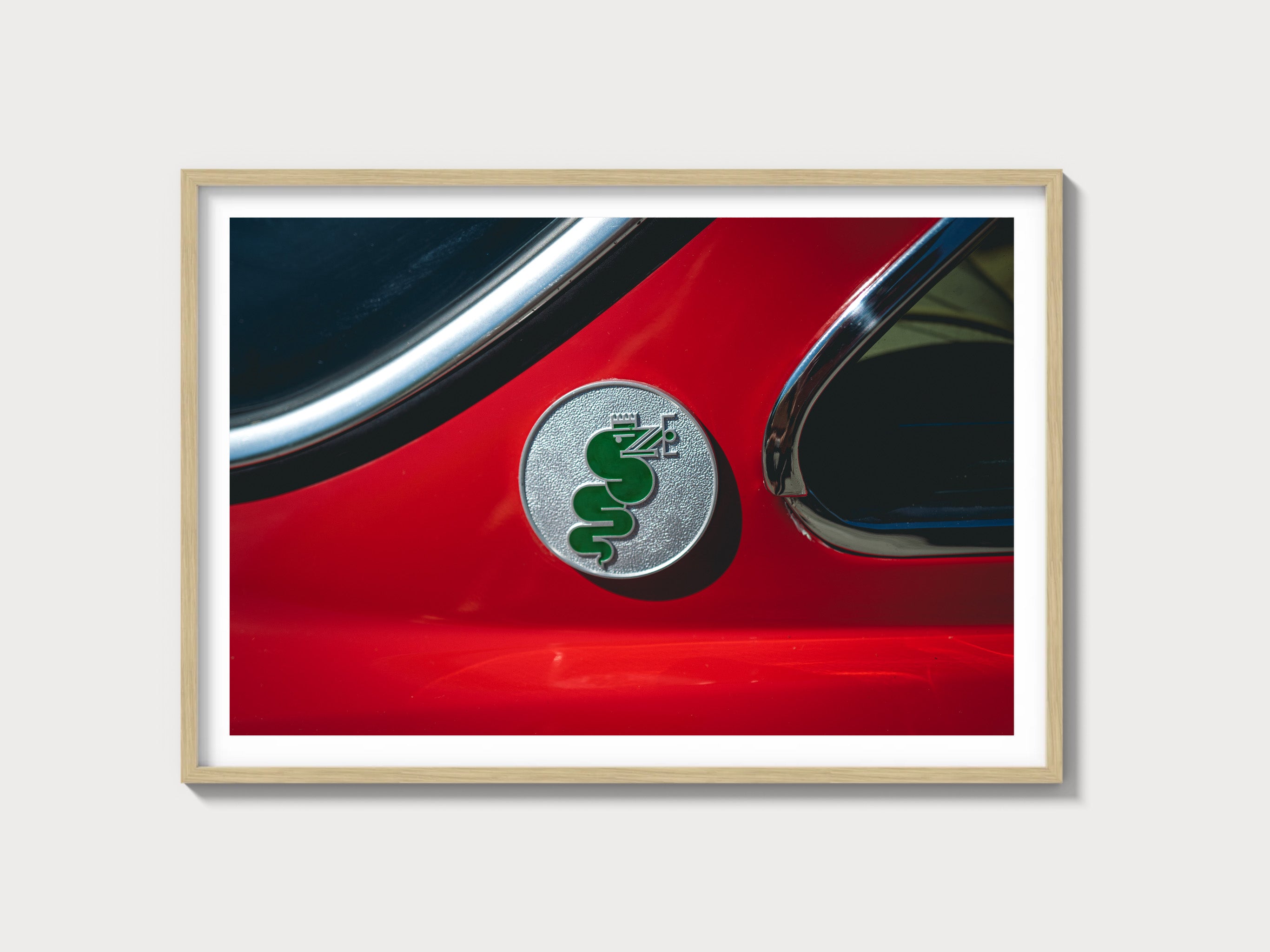1967 Chevrolet Corvette L68: A Masterpiece of the C2 Generation
The 1967 Chevrolet Corvette L68 stands as a landmark in the annals of American automotive history. Born at a time when the automotive industry was gripped by a horsepower race, the C2 Corvette was Chevrolet’s response to both European sports cars and American muscle machines. The Corvette's design, spearheaded by Larry Shinoda under the guidance of Bill Mitchell, was a bold statement of American styling and performance. The L68, in particular, with its triple two-barrel carburetor setup, bridged the gap between street usability and track prowess.
Historical Context and Development Background
By 1967, the Corvette had cemented its reputation as a serious contender in both motorsport and consumer markets. This was the final year of the C2 generation, often referred to as the 'Midyear' Corvettes. The L68 was part of a strategic push by Chevrolet to offer a versatile range of powertrains that could cater to different levels of performance and customer preferences. The year marked a culmination of design refinements, including the removal of the side vents and a cleaner rear deck, making the 1967 models particularly desirable.
Engine and Technical Specifications
| Specification | Details |
|---|---|
| Engine Configuration | V8 |
| Displacement | 427 cu in (7.0 L) |
| Horsepower | 400 hp |
| Induction Type | Tri-power carburetion |
| Redline | 5600 RPM |
| Fuel System | Carbureted |
| Compression | 10.25:1 |
| Bore/Stroke | 4.25 in / 3.76 in |
Driving Experience and Handling Dynamics
The driving experience of the 1967 Corvette L68 is a testament to the balance between raw power and refined handling. The front double-wishbone suspension and rear independent setup provided a ride that was both responsive and comfortable, a rare achievement for its time. The Muncie four-speed manual transmission offered precise shifts, while the power-assisted brakes ensured confidence during spirited drives.
Full Performance Specs
| Performance Metric | Specification |
|---|---|
| 0-60 mph | 5.6 seconds |
| Top Speed | 140 mph |
| Quarter Mile | 14.1 seconds |
| Weight | 3340 lbs |
| Layout | FR (Front-Engine, Rear-Wheel Drive) |
| Brakes | Disc |
| Suspension | Independent |
| Gearbox Type | 4-speed Manual |
Variant Breakdown
- L68 400 hp: Featured the tri-power carburetion system, accounting for a significant portion of 1967's production.
- L71 435 hp: A more aggressive version of the 427 engine, aimed at those seeking ultimate performance.
- L88: Extremely rare, race-focused variant with higher horsepower and unique components.
Ownership Notes
Maintaining a 1967 Corvette L68 can be both a rewarding and challenging endeavor. Parts availability is relatively good due to its popularity, but sourcing original components can be time-consuming. Routine maintenance such as oil changes and carburetor adjustments are crucial for optimal performance. Restoration, while potentially costly, can significantly increase the vehicle’s value, especially if it includes original trim and paint options.
Cultural Relevance
The 1967 Chevrolet Corvette L68 is more than just a car; it's an icon of American automotive culture. Its appearances in films and television have cemented its status as a symbol of the 1960s. Collectors highly value the L68 for its combination of performance and historical significance, with auction prices reflecting its desirability. Its racing legacy, particularly in SCCA events, further enhances its allure.
Frequently Asked Questions
- How reliable is the 1967 Chevrolet Corvette L68? With proper maintenance, the L68 is known for its reliability, though carburetor tuning and cooling system checks are essential.
- What are the known problems with the 1967 Corvette L68? Common issues include electrical problems, particularly with the alternator and wiring harness, as well as potential fuel system leaks.
- Is the 1967 Corvette L68 a good investment? Given its historical significance and collector interest, the L68 is generally considered a sound investment, with values appreciating over time.




